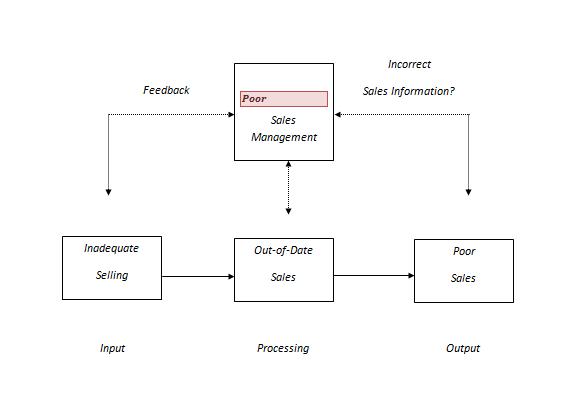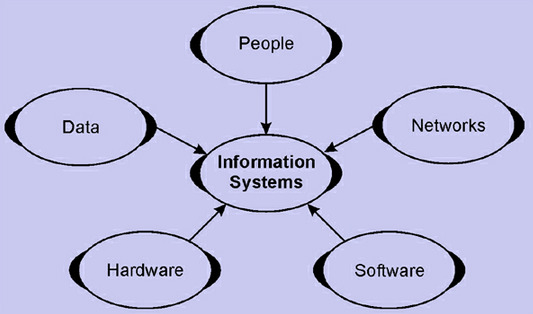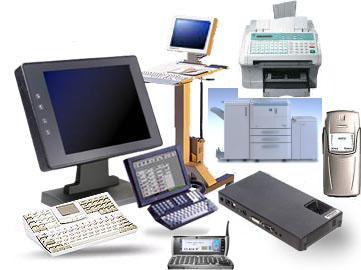The systems approach to problem solving used a systems orientation to define problems and opportunities and develop solutions. Studying a problem and formulating a solution involve the following interrelated activities:
- Recognize and define a problem or opportunity using systems thinking.
- Develop and evaluate alternative system solutions.
- Select the system solution that best meets your requirements.
- Design the selected system solution.
- Implement and evaluate the success of the designed system.
Problems and opportunities are identified in the first step of the systems approach. A problem can be defined as a basic condition that is causing undesirable results.… Read the rest


